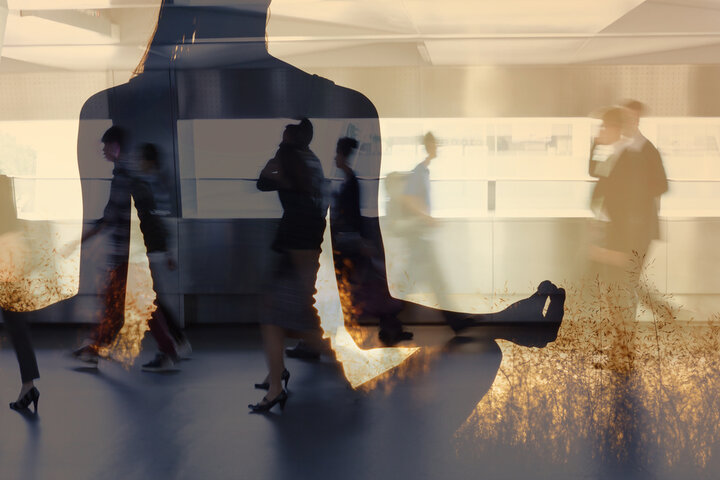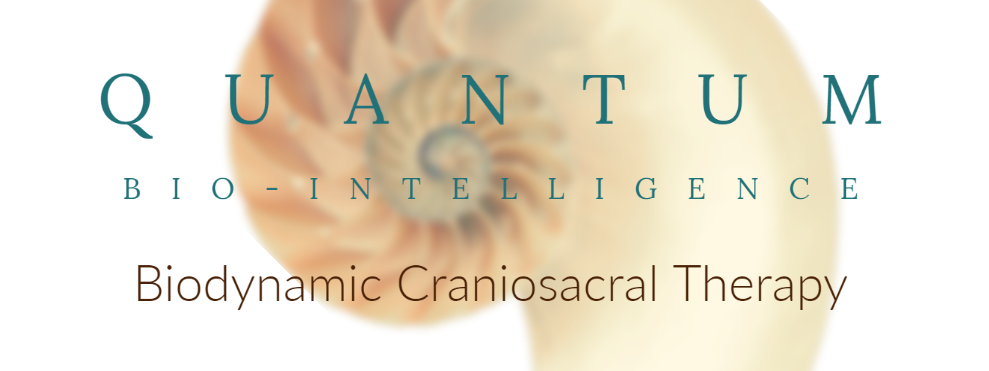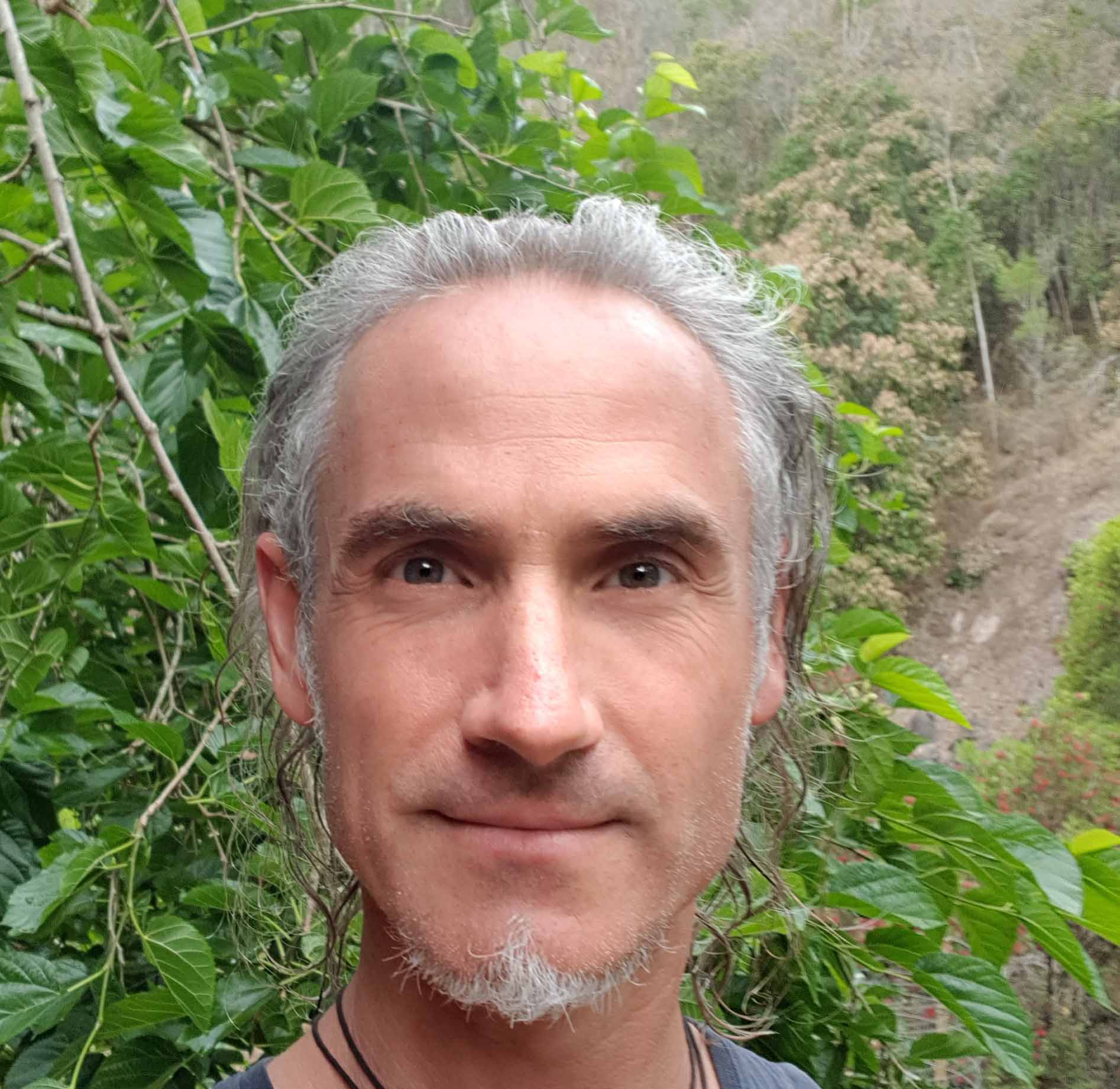
Developing resilience in my experience goes hand in hand with the uncomfortable parts of life. Being human, most of us are likely to gravitate towards a life of ease and with a minimum of discomfort. I guess that’s why we have so many modern conveniences.
Yet, that is not necessarily going to develop resilience nor a robust sense of our health.
One of the most amazing things I have learnt as a therapist is changing my responses to uncomfortable experiences. This is a process of re-learning and reframing the way I view the world.
What the brain recognises as safe and what it recognises as a threat are very interesting indeed.
Which requires us to have a healthy awareness of our nervous system and what safety actually feels like. This helps support one of the most advanced areas of our brain, the neo-cortex; which is required to access our social engagement system. When this is online we fast track the development of resilience.
So rather than simply focussing on the old model of the nervous system, the fight/flight (sympathetic) and the rest/digest (parasympathetic) I’d like to draw your attention if you’re not already aware of it … that there is actually more to the nervous. This was discovered by Steve Porgess who wrote Polyvagal Theory. What he found was that the Vagus nerve doesn’t just support rest and digestion, it also is remarkably involved in social engagement which is unique to humans.
What he discovered is that we fast track nervous system regulation and a sense of safety through healthy social connections, and also through exposure to safe environments, sounds and touch.
Which is why Biodynamic Craniosacral Therapy is a profound way to assist in developing not only resilience but assist empower healthy neural networks and boost the immune system and psychological wellbeing.
Like
Comment
Share


